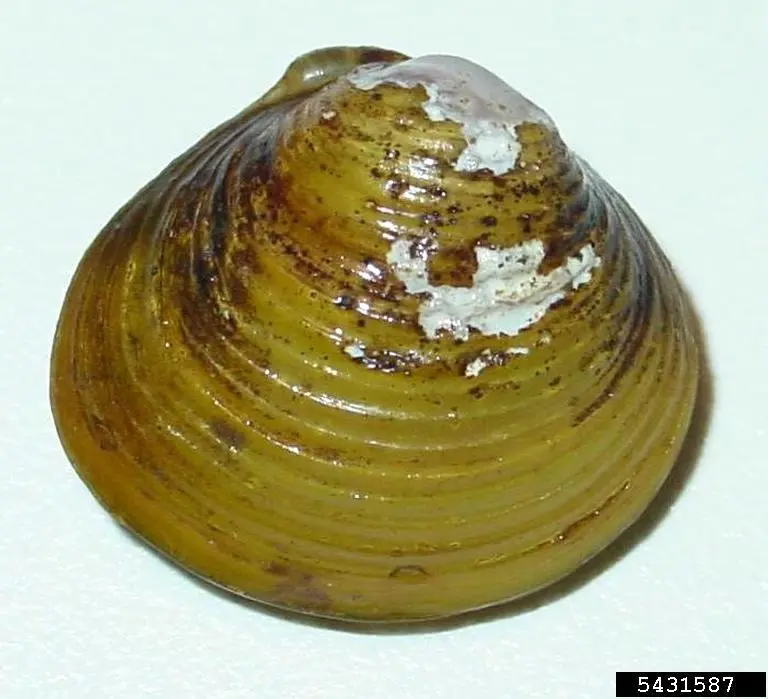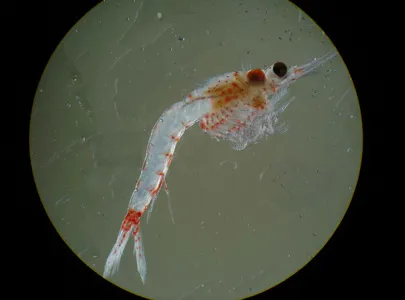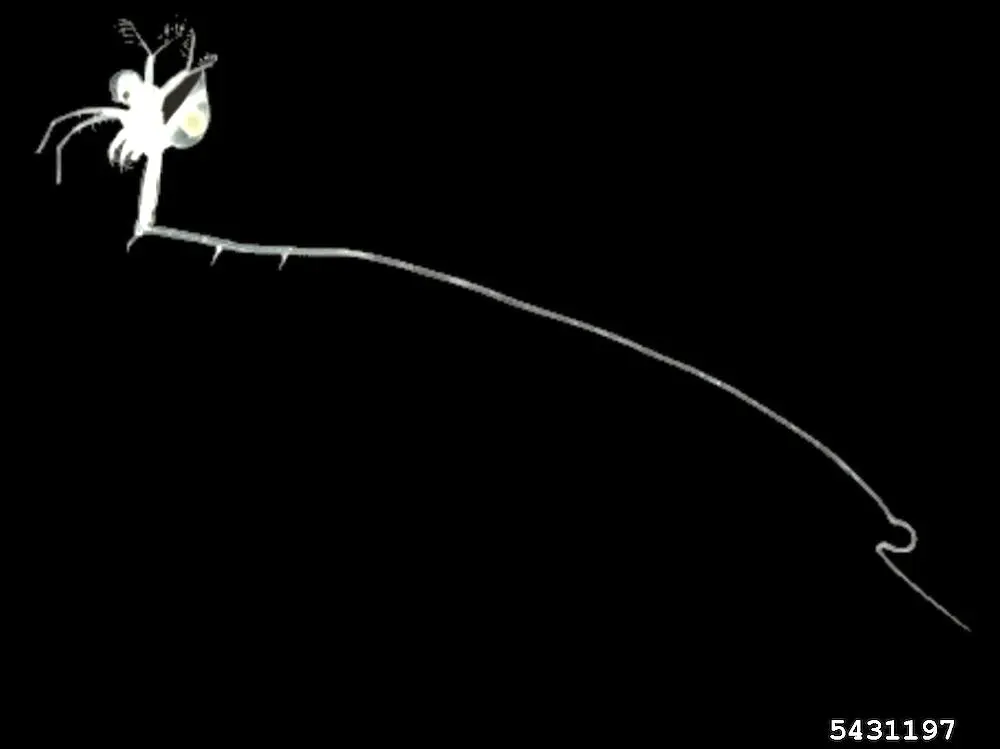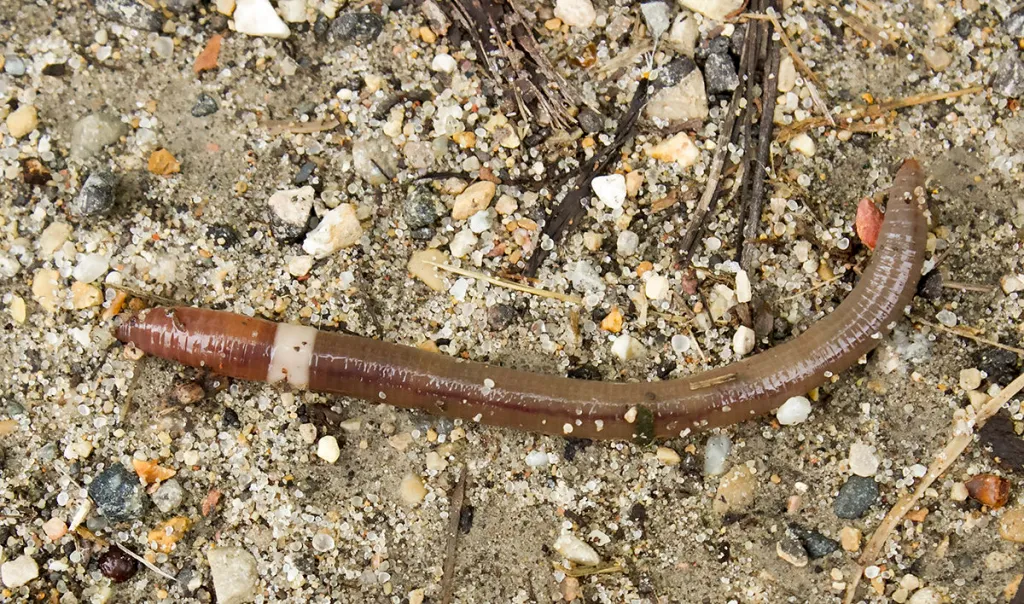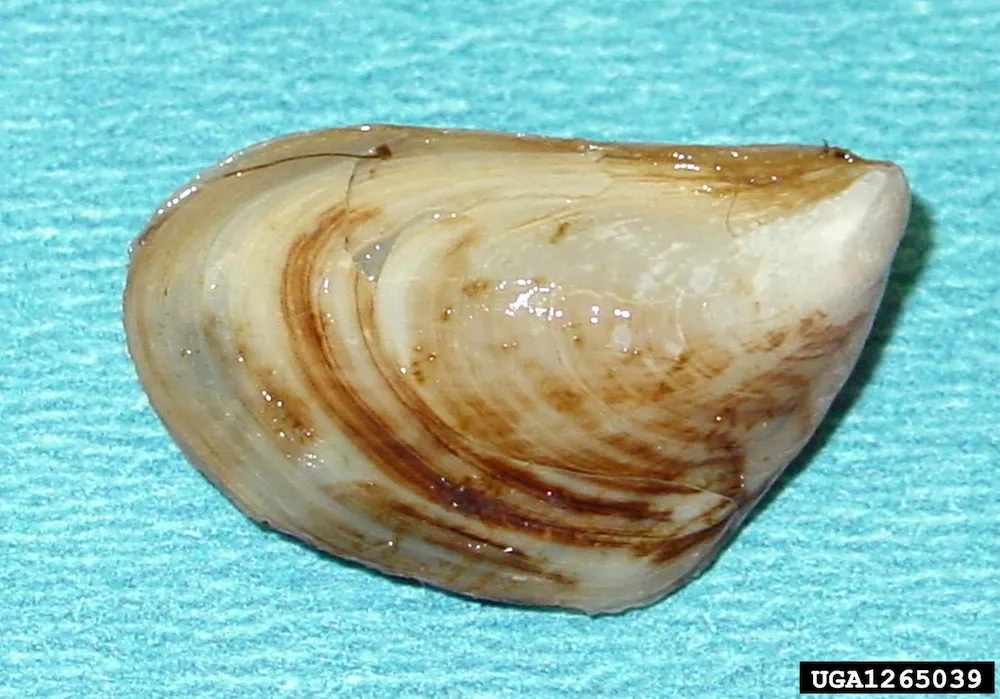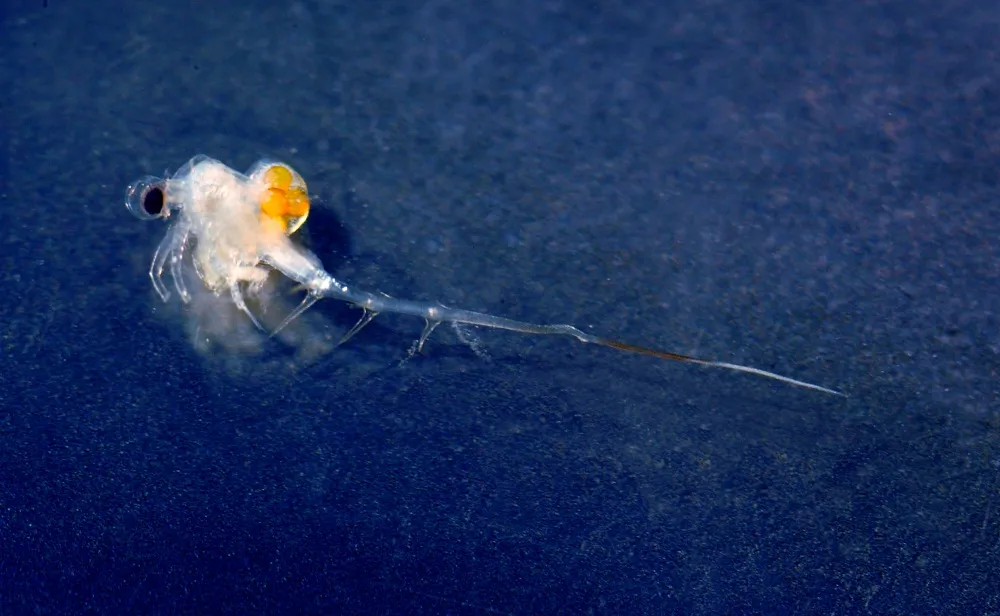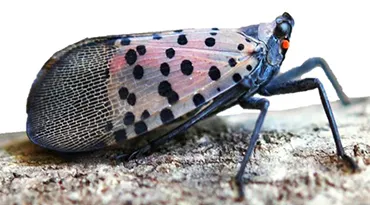Asian Clam
Corbicula fluminea
Asian clam is a freshwater bivalve mollusk. The outside shells are yellow-green to brown with elevated concentric rings. If the color chips away, white spots can be seen underneath. The inside of the shells may be light purple. Adults are small, usually less than 1 1/2" in length.


